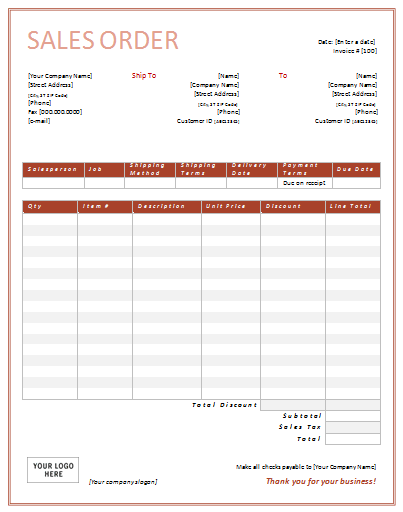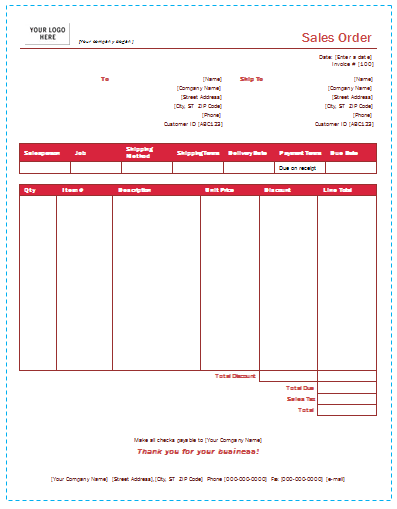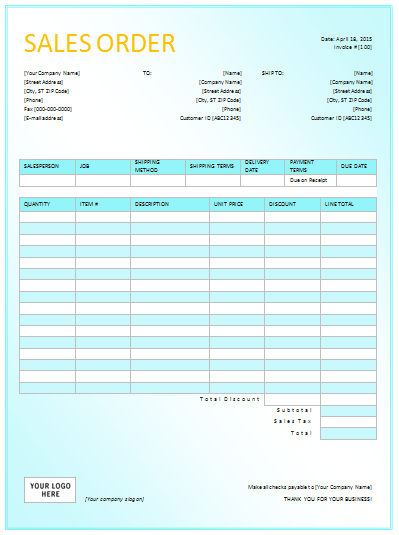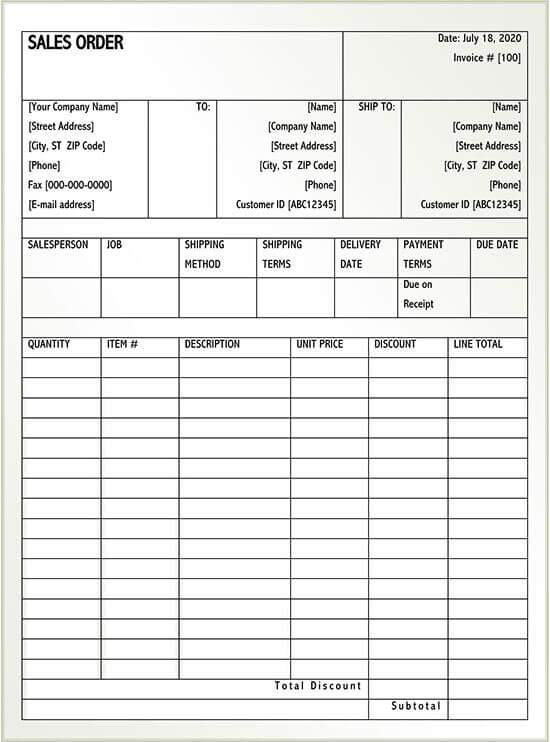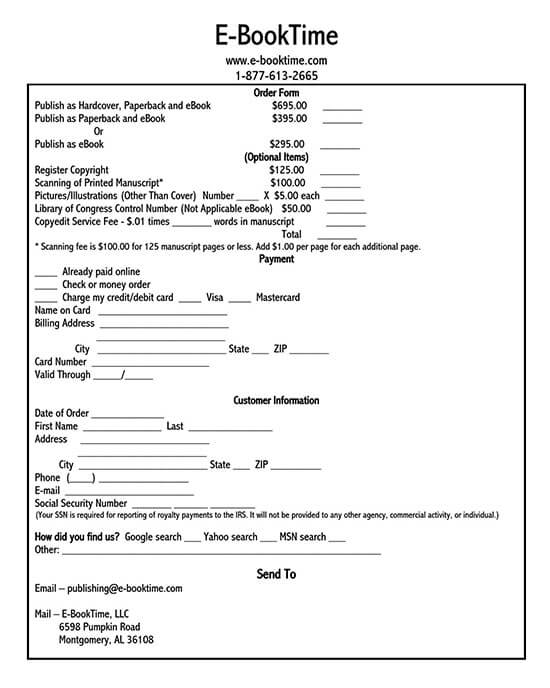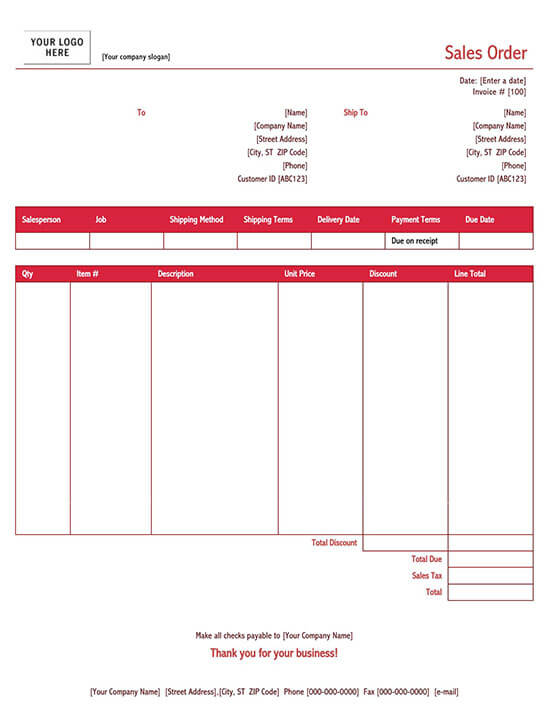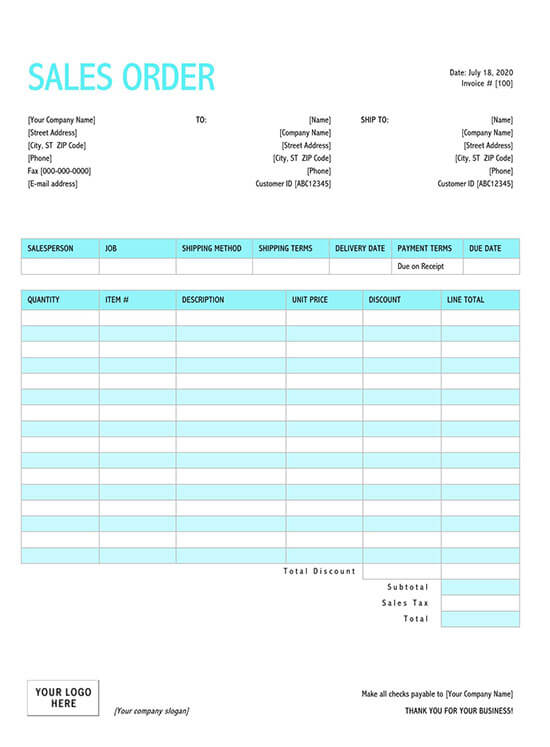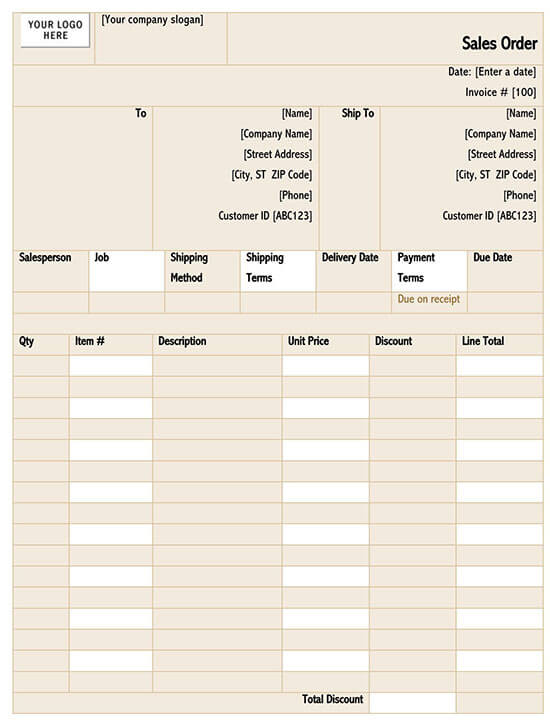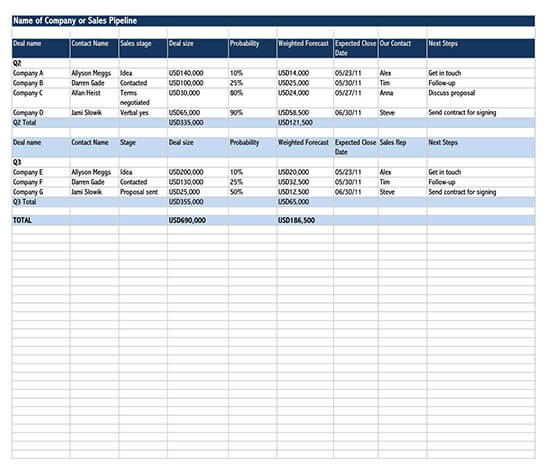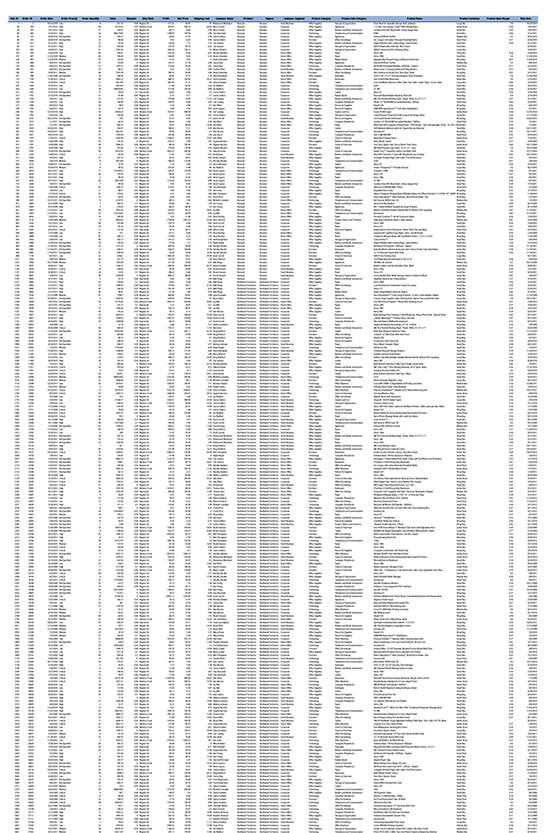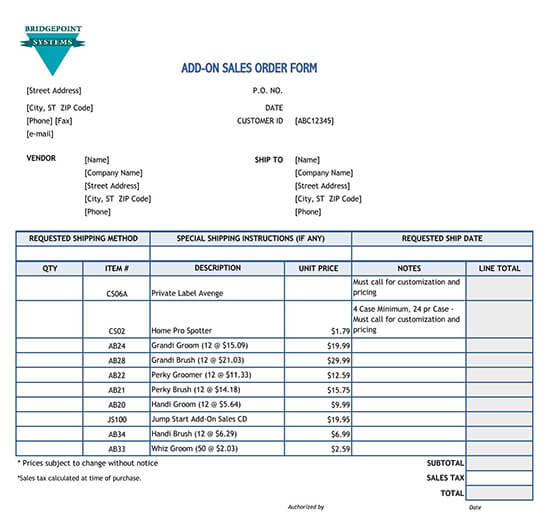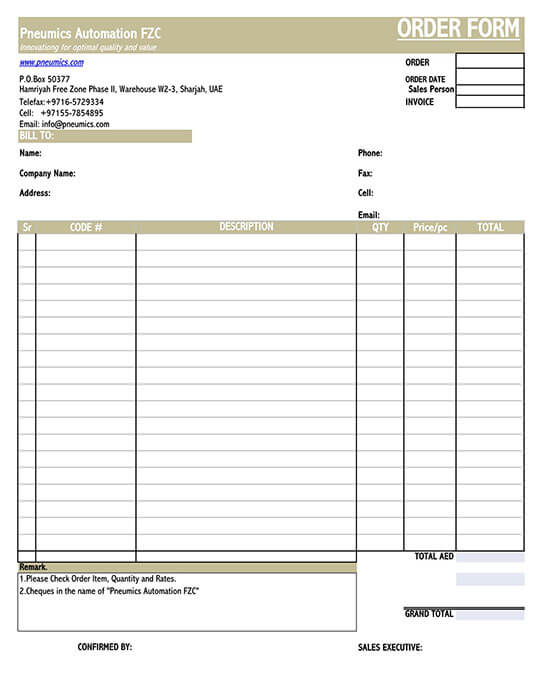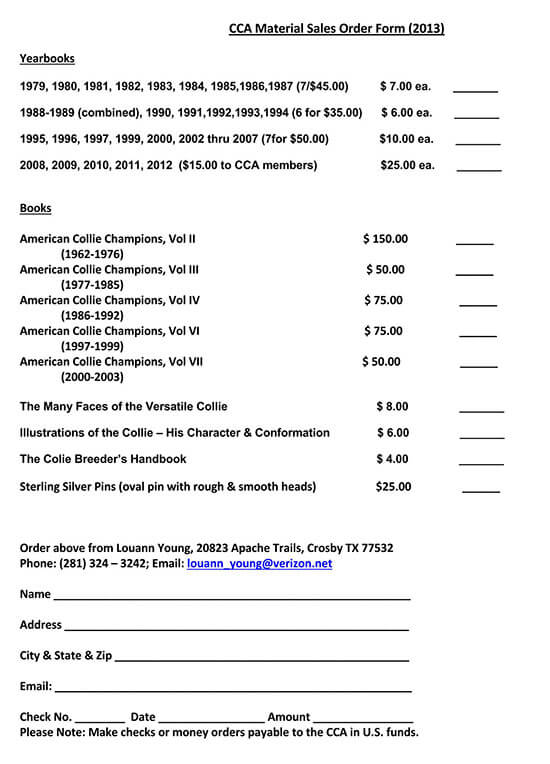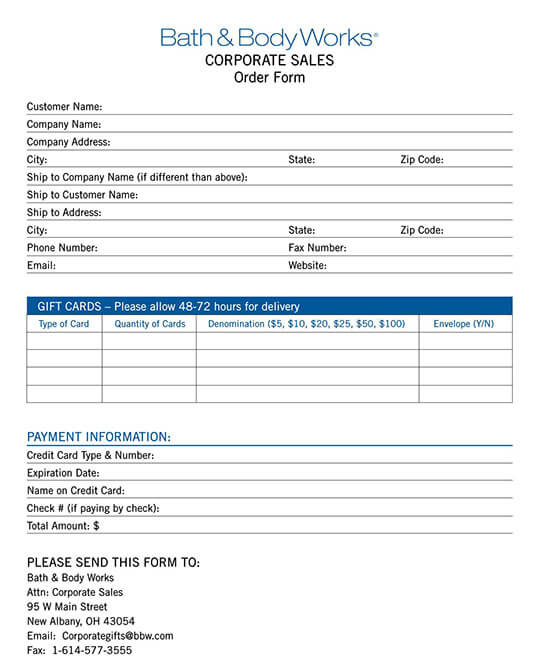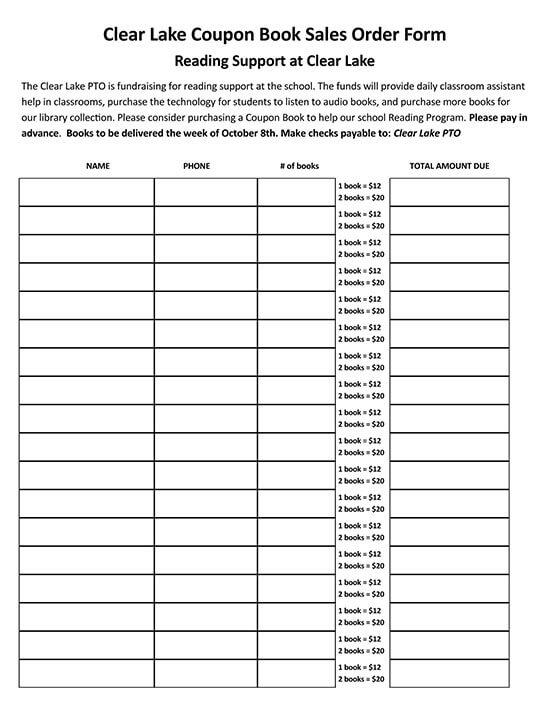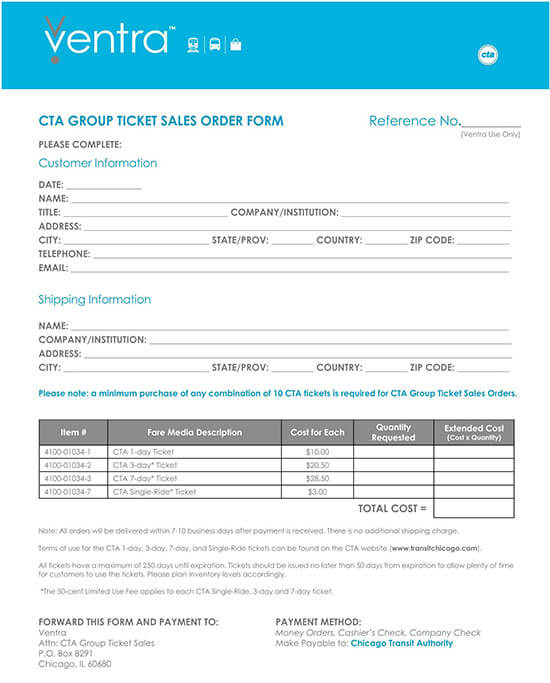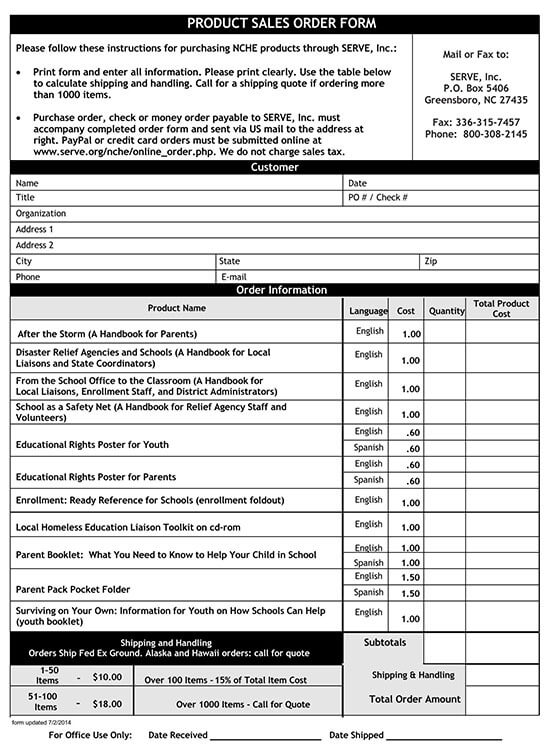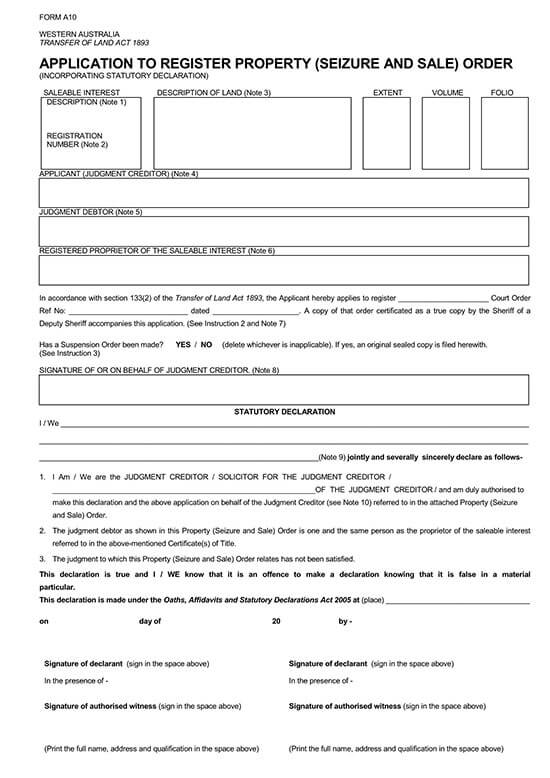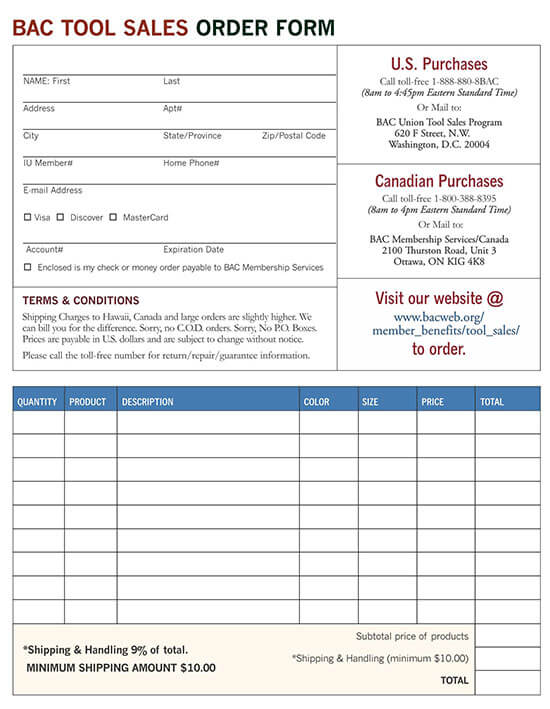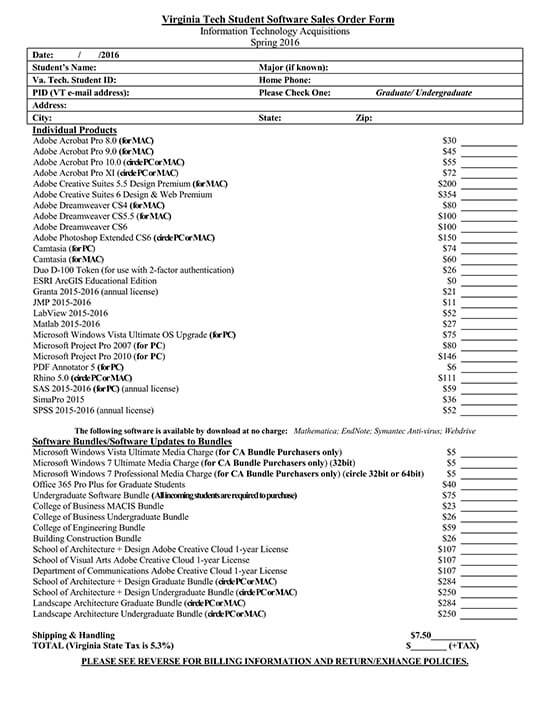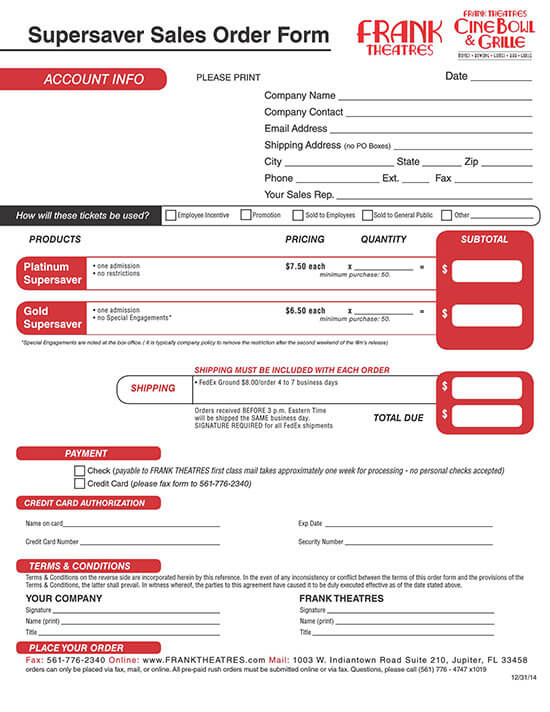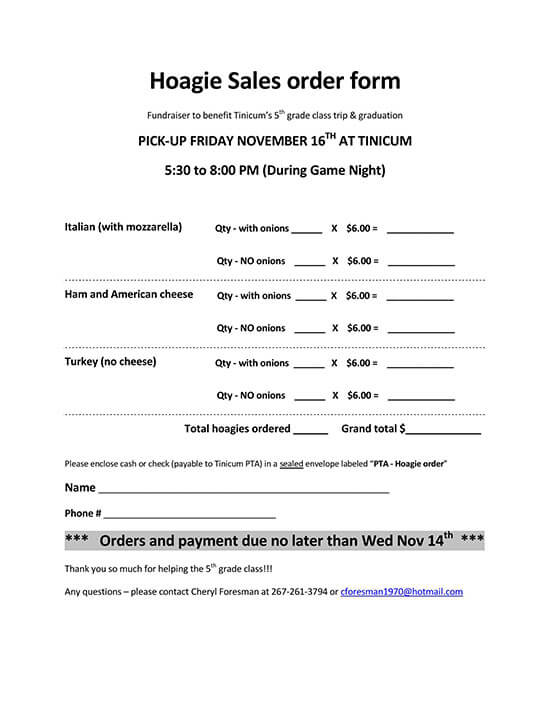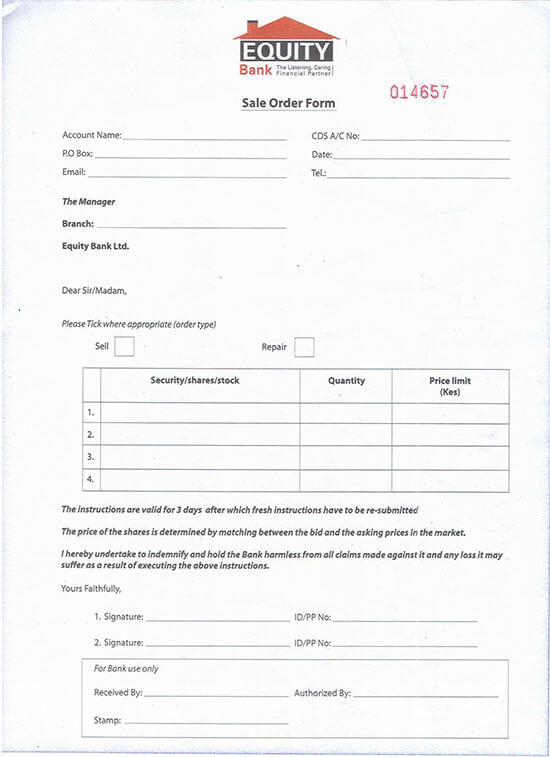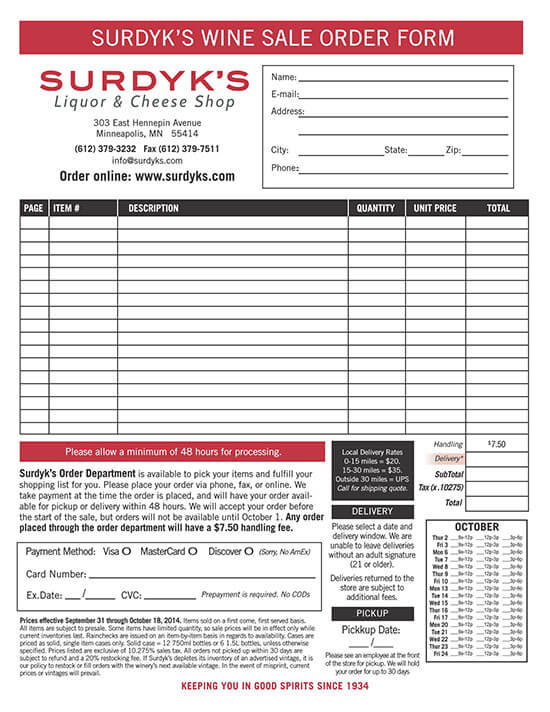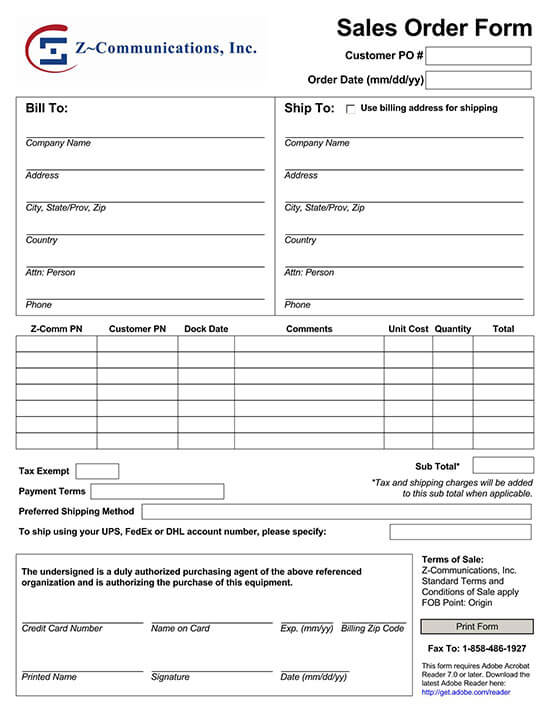A Sales Order is a simple document issued by a service provider or a seller, that tracks information that is central to the transaction – The service or products offered, the quantity, quality, or condition of the product(s), and the price that the buyer will pay is typically included in a sales order.
It serves as a commercial document and, as such, is used for accounting purposes, tax-related documents, and for companies to maintain a backlog of transactional data. As a result, it is a very important piece of documentation that all businesses should maintain for each of their transactions, which is why we’ve decided to compile a list of everything you need to know about sales orders.
Why are Sales Orders Important?
Many businesses rely strongly on inventory management and/or order tracking for a variety of reasons. Analyzing and studying their past allows them to better plan for the future, understand areas of success and failure, and offer a ton of benefits in shaping their businesses as they move forward. Moreover, filing taxes and establishing transparency with tax-related authorities, such as the IRS, is made that much easier as the business will have a record of each and every transaction on hand.
For these reasons, sales orders are very important. For auditing purposes, as well as tracking the company’s performance and history, sales orders are seen as imperative. Finally, sales orders can help save a lot of time – In this day and age, much of the sales processes are automated, with sales orders being no exception. As a result, businesses that deal with a large number of orders may find it essential to cut down on functional costs and time by automating their sales order processes.
Sales Order vs Quotation vs an Invoice
A sales order is a document that precedes a sale – As a result, it is quite different from both invoices and quotations. A quotation is an informal, non-binding declaration of the price of the services and/or products offered to the buyer. An invoice, on the other hand, serves as proof of purchase for the buyer after a transaction has been completed and lists the goods or services that were completed, as well as the price paid by the buyer.
A sales order, unlike either of those things, is a formal declaration and description of the things that are to eventually become a transaction. In theory, it is closer to being a quote but contains finalized information, unlike a quote, as prices can change after quotes due to things like negotiation, logistical factors, etc. Usually, businesses work in a specific way – First, the seller sends a quote, which is met by a purchase order if the client wishes to take the seller up on their offer.
In response to the purchase order, the seller usually provides a sales order, which is a confirmation of the terms they have agreed to. Upon delivery of the order, i.e., the products or services, the client then receives an invoice to confirm the completion of the transaction.
How is it different from a purchase order?
A sales order is quite different from a purchase order. A purchase order is a piece of documentation issued by the buyer, and typically contains a list of things and/or services that the buyer would like to purchase. To help the seller prepare the order, buy things on an account, and prove their purchases to other parties, buyers typically issue purchase orders before the completion of the purchase and, most often, in order to initiate the purchase transaction. A sales order, on the other hand, usually follows up a purchase order and is issued by the seller as a confirmation of all of the details and particulars of a transaction before the sale.
What is the Sales Order Process?
The sales order process is the order in which all of the relevant documents in a transaction, i.e., quotations, sales orders, purchase orders, and receipts. Typically, the process looks like this;
- The client/buyer sends a request for a quote to the seller.
- The seller responds to the request with a quote for all things requested. Typically, quotes are requested by a Request For Quotation (RFQ) form but may also be done in informal ways, i.e., emails or phone calls.
- The buyer, after negotiations conclude, is in agreement with the terms of the order, and issues a purchase order to initiate the transaction.
- The seller sends a complete sales order containing all of the relevant information and details to the buyer.
- The seller prepares the order and/or goods and/or services to be delivered to the buyer.
- The buyer, upon receipt or confirmation of the satisfactory performance of the seller, is issued an invoice.
- The buyer makes the payment to the seller.
What is the Format of it?
Drafting a sales order is a fairly straightforward process – You’ll need to include essential details of the transaction, as well as record the dates and prices to reflect the negotiation or quotation process. To draft a it, you should include the following details;
- Businesses’ legal name and contact details, such as an address, phone number, and email.
- Customer’s legal name (or business’ legal name, if the customer is purchasing on behalf of another business or organization), as well as their contact details.
- Billing information, which includes the method of payment. If it is an electronic payment, all the pertinent details should be listed.
- Delivery information should also be listed. This includes the timeframe within which delivery is to be carried out, as well as a physical address to which products/goods are delivered, if applicable.
- Total cost, i.e., price, without taxes.
- Any additional fees, such as service charges, shipping costs, processing fees, etc.
- Total price, including any and all charges and applicable taxes.
- Terms of the agreement, as well as any conditions that may apply.
- Proof of receipt of the sales order. Typically a signature or a stamp is required.
That’s all the information that goes into a sales order template. When drafting one, make sure you take all of that into account and list all of the aforementioned data, as it can be very useful and important in the future.
Free Sales Order Templates
Here are free sales order templates for you to download:
Frequently Asked Questions
What is the sales order?
A sales order is a simple document issued by a service provider or a seller that tracks information that is central to the transaction – The service or products offered, the quantity, quality, or condition of the product(s), and the price that the buyer will pay is typically included in a sales order.
What is the sales order process?
First, the seller sends a quote, which is met by purchase order, if the client wishes to take the seller up on their offer. In response to the purchase order, the seller usually provides a sales order, which is a confirmation of the terms they have agreed to. Upon delivery of the order, i.e., the products or services, the client then receives an invoice to confirm the completion of the transaction.
What is the difference between an invoice and a sales order?
A sales order is a document that precedes a sale. An invoice, on the other hand, serves as proof of purchase for the buyer after a transaction has been completed and lists the goods or services that were completed, as well as the price paid by the buyer.
